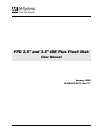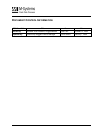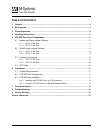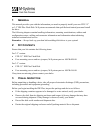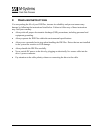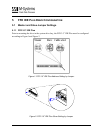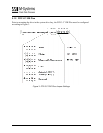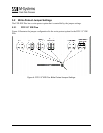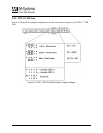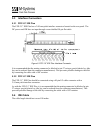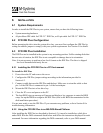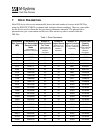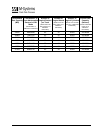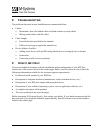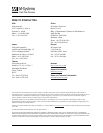
11 FFD 2.5" and 3.5" IDE Plus Flash Disk User Manual 48-SR-003-03-7L Rev 2.1
6 INSTALLATION
6.1 System Requirements
In order to install the IDE Plus in your system, ensure that you have the following items:
• System mounting hardware
• 44-pin ribbon IDE cable for FFD 2.5” IDE Plus, or 40-pin cable for FFD 3.5” IDE Plus
6.2 FFD IDE Plus Configuration
Before mounting the drive into the system drive bay, you must first configure the IDE Plus by
setting the address jumper to comply with your system requirements. See Section 5 for details.
6.3 FFD IDE Plus Installation
The IDE Plus can be installed in the system in any mounting position. Unlike rotating disks that
have an axis of rotation, the IDE Plus is not susceptible to damage due to its orientation.
Note: It is not necessary to perform a low-level format on the IDE Plus. The drive is shipped
low-level formatted and ready for use.
6.3.1 Installing the FFD IDE Plus in a PC Environment
To install the IDE Plus:
1. Power down the PC and remove the cover.
2. Configure the IDE Plus jumper settings according to the information provided in
Section 6.2.
3. Connect a cable between the IDE Plus and the host. Make sure to orient the cable so that
pin 1 of the IDE Plus is connected to pin 1 of the host adapter.
4. Mount the IDE Plus into a free drive bay.
5. Close the PC cover and power on the PC.
6. The host BIOS sign-on message will appear and display a key sequence to enter the BIOS
setup. Set up the BIOS to recognize the IDE Plus (refer to the BIOS documentation for the
disk installation procedure).
You are now ready to use the IDE Plus. If you encounter any problems, refer to Section 8 for
troubleshooting information.
6.3.2 Using the FFD IDE Plus in an MS-DOS-Based Platform
After installing the IDE Plus (as described in Section 6.3), it must be installed as a disk drive
under DOS. Run the DOS commands listed below and follow the instructions displayed for each
command. For more information regarding the DOS commands, refer to your DOS manual.



